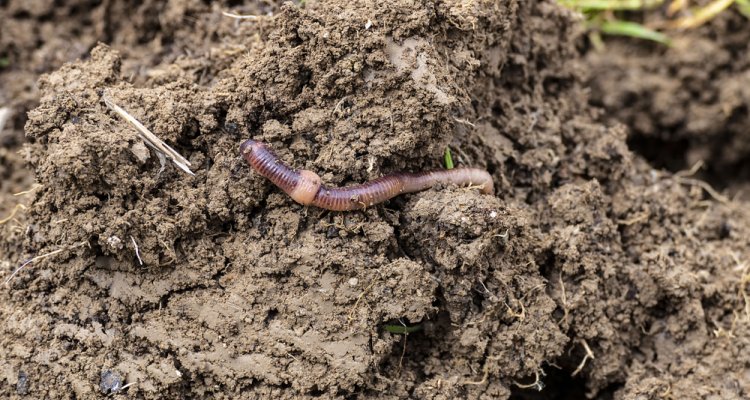
Project
Burrowing animals as actors of landscape change
Much is known about their impact on soil erosion and infiltration. Still, there is not a clear understanding on how this contributes to landscape evolution. Therefore, with this project we want to examine the impact of small burrowing terrestrial animals on soil surface and subsurface hydro-physical dynamics., And to develop a “bioturbation” module able to include the animal activity into a model connecting hydro-physical processes at different spatio-temporal scales.
Extensive research, ranging from Darwin's work to more recent studies, has demonstrated the significant role animal burrowing plays in sediment movement. However, most of the research has been focused on small spatio-temporal scales, with only recent attention being paid to the long-term and large-scale impact of soil movement. Additionally, the long-term evolution of soil due to bioturbation species at the landscape scale has been difficult to link to soil hydrological processes, and incorporating these processes into models remain challenging.
Animal burrowing activity displaces a great quantity of soil in different landscapes and different climatic zones. Moreover, the macropores created by the presence of invertebrates and small mammals significantly impact soil hydrology, such as water infiltration. Many studies focused on quantifying the hydrological and sediment movement impact of burrowing activities using different techniques, from seasonal to hourly scale and patch to field scale. However, the effect of burrowing activity on longer-term and landscape scale has been addressed much less. To assess and quantify the effects of this activity on the longer term at a landscape scale, it is necessary to include them in a landscape evolution model. To do so, we will bridge different spatio-temporal scale processes related to animal burrowing activity in a virtual experiment. Through laboratory rainfall experiments, we will unravel the soil hydrological impact of burrowing activity at small scale and the trade-off erosion-infiltration, while in a fieldwork campaign, we will quantify soil lateral movement due to the presence of animal burrowing activity on longer time scale (decadal-centennial). The virtual and laboratory experiments and the field data collection will be used to develop a new bioturbation module, to be added in a landscape evolution model. The final goal of the project is to better understand how soil hydro-physical dynamics are impacted by the presence of burrowing activity, and how this influences the landscape.